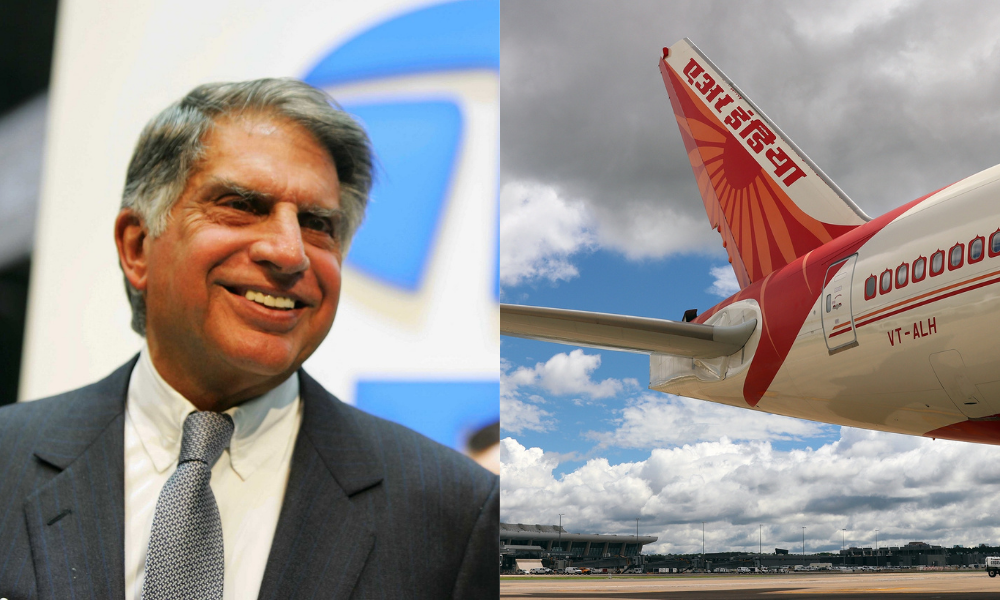When will the heritage fleet receive its just compensation, and what obstacles are standing in the way, as the Tatas near the anniversary of their acquisition of Air India?
A number of viral reels, videos, and articles that voiced worries on the quality of Air India’s planes have appeared on social media in recent days. A recent incident on one of Air India’s B777s highlighted complaints regarding the overall state of amenities and seat comfort. The passenger in question paid ₹4.5 lakh for the flight from Canada to Delhi. A different passenger on Air India’s recently established service from Mumbai to Melbourne in December had several complaints about the airline’s technology and software.
A cursory search at social media reveals a plethora of complaints, particularly in the economy class, ranging from broken seats, broken remotes, and non-functional IFE screens on the hard product side, as well as cleanliness and service problems. An intriguing observation from the complaint is that the ones in the front cabin have decreased dramatically, while those in economy class appear to be increasing.
This comes as Air India’s first A350 arrives in India in the latter week of 2023 and prepares to begin domestic operations on January 22. As the Tatas near the second anniversary of taking over Air India, when will the legacy fleet receive its due, and what is keeping it back?

Why the complaints ?
When the Tata company took over Air India, it discovered that many planes were grounded due to a shortage of maintenance money. As the organization began investing money and having planes operational, it began returning to its previous destinations, boosting frequency to those destinations, and then adding new routes, such as the one to Melbourne from Mumbai.
The plane’s seats and IFE systems are outdated, and supply chain concerns, along with years of poor maintenance, have left them in bad condition. The Tatas have collaborated with their group enterprises to have 3D printed materials replace traditional parts that are no longer available owing to supply chain challenges, supplier closures, or the primary seat being out of use. However, there are still issues with IFE that cannot be addressed, or the drain is too large to be repaired for a short duration.
When can we expect a change ?]
Air India will invest $400 million to entirely repair the interiors of its 43-strong legacy fleet of widebody aircraft. The 43 include 27 B787s and 16 B777s. The renovation is scheduled to begin in mid-2024. It will include the installation of brand-new seats in each cabin, new inflight entertainment systems, and in-flight Wi-Fi internet connectivity.
The entire exercise is planned to be completed by the end of 2025, which means that more than two planes will be renovated in the second part of this year. By March 2024, the airline plans 33% of its widebody fleet to be modernized. This implies six A350s (one in India), five B77Ls previously operated by Delta (all still operating), and B77Ws from Etihad and Singapore Airlines.

Why isn’t there another option ?
The hard product upgrade may have limitations, but sanitary issues are unacceptable if Air India wants to be a world-class airline. In circumstances when there are complaints about broken remote wires or remotes that do not work, it is probably best to mark the seat as “in-operative” and not allocate it at check-in. One wonders if this could result in a large number of seats being inoperable, and the feasibility of the route being called into doubt by the deployment of such planes.
There is sometimes an argument that passengers are partly to blame for the dirty cabins and cleanliness, which is correct, but passengers do not change overnight, thus the airline must have a procedure in place to ensure cleaner planes.
Air India aims to become an excellent carrier.
The B777-300ER (also known as B77W) is scheduled for refurbishment, which will most likely overlap with significant maintenance cycles. The airline has 13 of them in its fleet and conducts a lot of heavy lifting on its routes, with flights largely to North American locations, save for the long trips to San Francisco, which are performed by the B777-200LR. Currently, the aircraft is outfitted with four first-class suites, 35 business class seats organized in 2-3-2 seating (7 abreast, 5 rows), and 303 economy class seats arranged 9 abreast. Air India posted a video showing a render of how the refurbishment would appear, and a closer look reveals how the new LOPA (Layout of Passenger Amenities) is expected to be.

There will be 40 seats in premium economy aboard the B777s, arranged in five rows of eight seats apiece. The airline will also keep its current configuration of one row of first class seats or four seats. There will be doors in the business class cabins, providing greater privacy and perhaps fewer peegate episodes! The arrangement appears to change from 2-3-2 to 1-2-1, with individuals in window seats having staggered seating. The business class’s capacity has also somewhat increased. The “middle seat” in business class has been eliminated, which is the main attraction here. Even if nobody has a preference seat, the middle seat in a premium cabin is inherently the least desirable. There are now 303 economy class seats on the B77Ws. With the rise in Business class seats and the inclusion of Premium Economy, there may be room for approximately 250-260 seats. However, this will result in a reduced seat width. The modern cabin has an 18-inch seat width and a seat pitch of 31–33 inches. The breadth is projected to decrease to 17.05 inches.
The key issue now is how Air India can maintain its premium price if sanitation remains a challenge.

